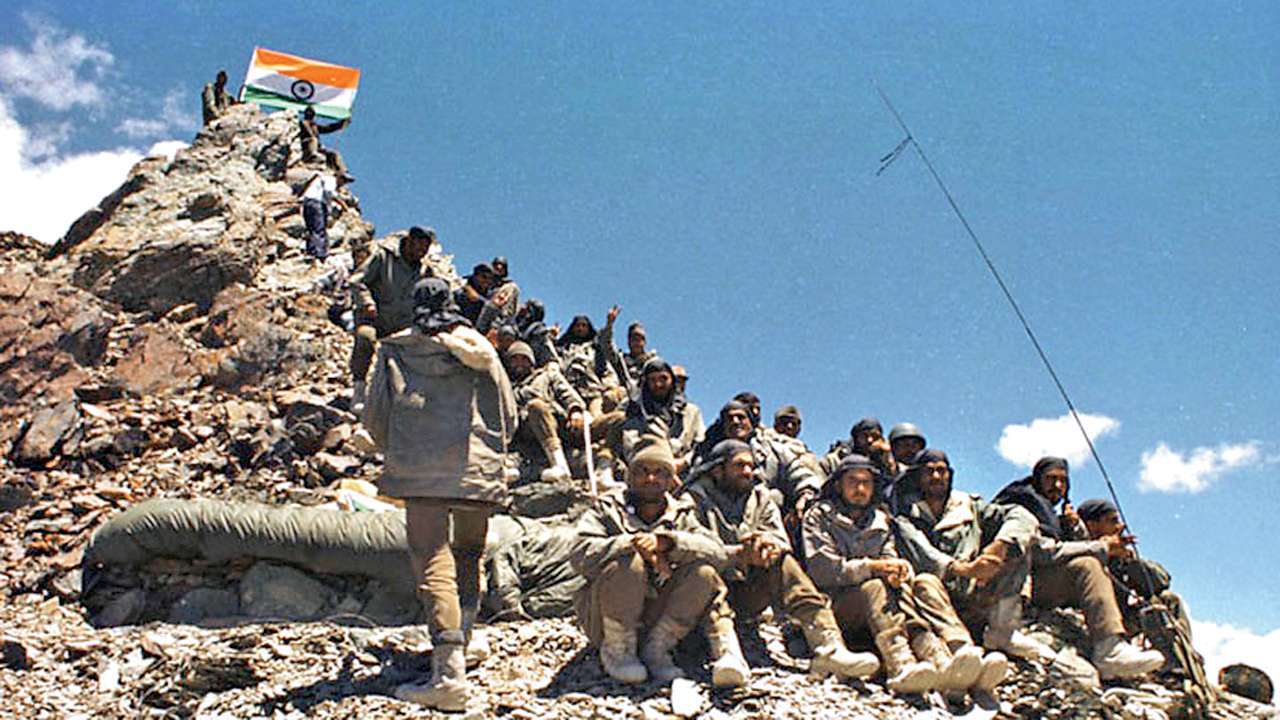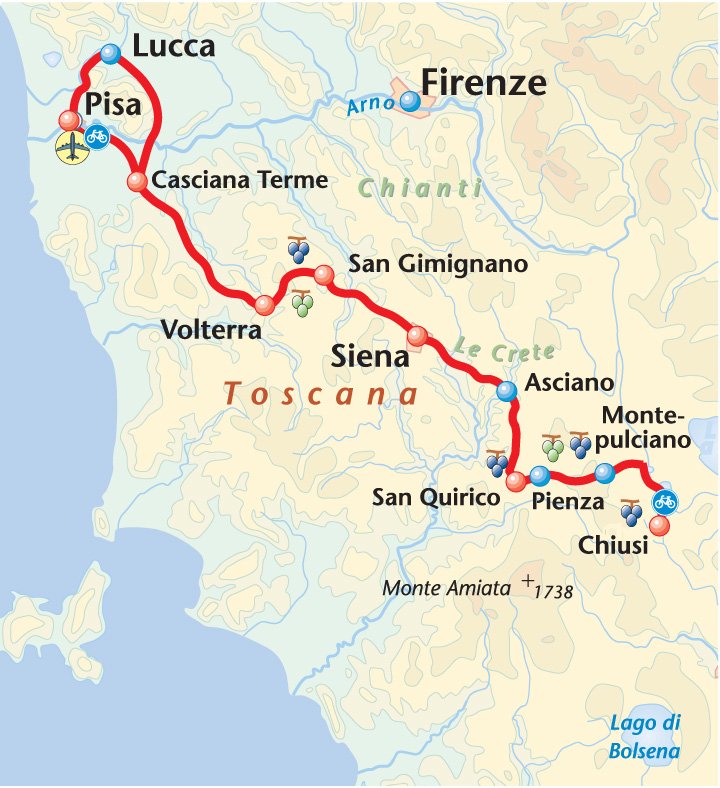Kargil Commemorates 25 Years - A Look at India's High-Altitude Warfare Capabilities

As India prepares to observe the 25th anniversary of the Kargil War in 2024, the valor and sacrifice of the Indian soldiers who fought bravely in the treacherous high-altitude terrain remain etched in the nation's memory. The conflict, lasting from May to July 1999, was a testament to India's resolve and military prowess, ultimately leading to the eviction of Pakistani intruders from the Kargil sector.
The Legacy of Kargil: A Catalyst for Transformation
The Kargil War served as a wake-up call, highlighting the critical need for India to bolster its high-altitude warfare capabilities. The conflict exposed gaps in intelligence gathering, equipment deficiencies, and the unique challenges posed by mountainous terrain. In the years since, India has undertaken significant strides in enhancing its military preparedness for future conflicts in similar environments.
Modernization of the Indian Army's Mountain Strike Corps
One of the most significant developments following Kargil has been the raising and continuous modernization of the Indian Army's Mountain Strike Corps. Specifically, the 17 Corps, headquartered in Panagarh, West Bengal, stands as a dedicated force trained and equipped for high-altitude warfare. This corps boasts a formidable arsenal, including:
- Advanced Artillery Systems: The M777 ultra-light howitzers and the K9 Vajra-T self-propelled howitzers provide the Indian Army with precision firepower at high altitudes.
- Precision-Guided Munitions: Missiles like the Anti-Tank Guided Missile (ATGM) and the man-portable anti-tank guided missile systems enhance the army's capability to neutralize enemy positions with accuracy.
- Surveillance and Reconnaissance Assets: Unmanned Aerial Vehicles (UAVs) and Heron drones play a crucial role in providing real-time intelligence, surveillance, and reconnaissance (ISR) data, crucial for operational planning and target acquisition.
Upgrading Infrastructure for Enhanced Connectivity and Logistics
Recognizing the logistical challenges presented by mountainous terrain, India has focused on improving its infrastructure along the Line of Control (LoC) and in the surrounding areas. This includes:
- Construction of Border Roads and Bridges: The Border Roads Organisation (BRO) has been instrumental in constructing strategically important roads and bridges, facilitating the swift movement of troops and equipment to forward areas. Key projects include the Atal Tunnel and the Zojila Pass tunnel, significantly reducing travel time and ensuring all-weather connectivity.
- Improved Airbases and Helipads: Upgrading airbases and constructing new helipads closer to the border enhances the Indian Air Force's (IAF) ability to provide close air support, troop transport, and logistical backup swiftly.
Emphasis on Specialized Training and Equipment
To operate effectively in high-altitude environments, the Indian Army emphasizes specialized training and equipment:
- High Altitude Warfare School: Located in Gulmarg, Kashmir, this school trains soldiers in mountaineering, rock climbing, ice craft, and survival techniques essential for high-altitude combat.
- Specialized Clothing and Equipment: The army equips its soldiers with specialized clothing, including extreme cold weather gear, and mountaineering equipment to withstand the harsh weather conditions in high-altitude regions.
A Continued Focus on Technological Advancements
India continues to invest in research and development to equip its armed forces with state-of-the-art technology specifically designed for high-altitude warfare. This includes developing lighter and more mobile artillery guns, advanced surveillance systems for early warning, and integrating cutting-edge communication systems for seamless coordination between different units.
Looking Ahead: Maintaining Vigilance and Operational Readiness
The 25th anniversary of the Kargil War serves as a reminder of the sacrifices made to protect India's territorial integrity and the constant need to remain vigilant in the face of evolving security challenges. The Indian Army's commitment to modernization, training, and infrastructure development in recent years demonstrates its unwavering resolve to safeguard national interests and maintain a high level of operational readiness in high-altitude regions.
As India honors the bravery of the Kargil heroes, the nation reaffirms its dedication to ensuring that the sacrifices made will never be forgotten and that the armed forces are equipped with the best resources to defend the nation's borders against any threat.










Comments ()